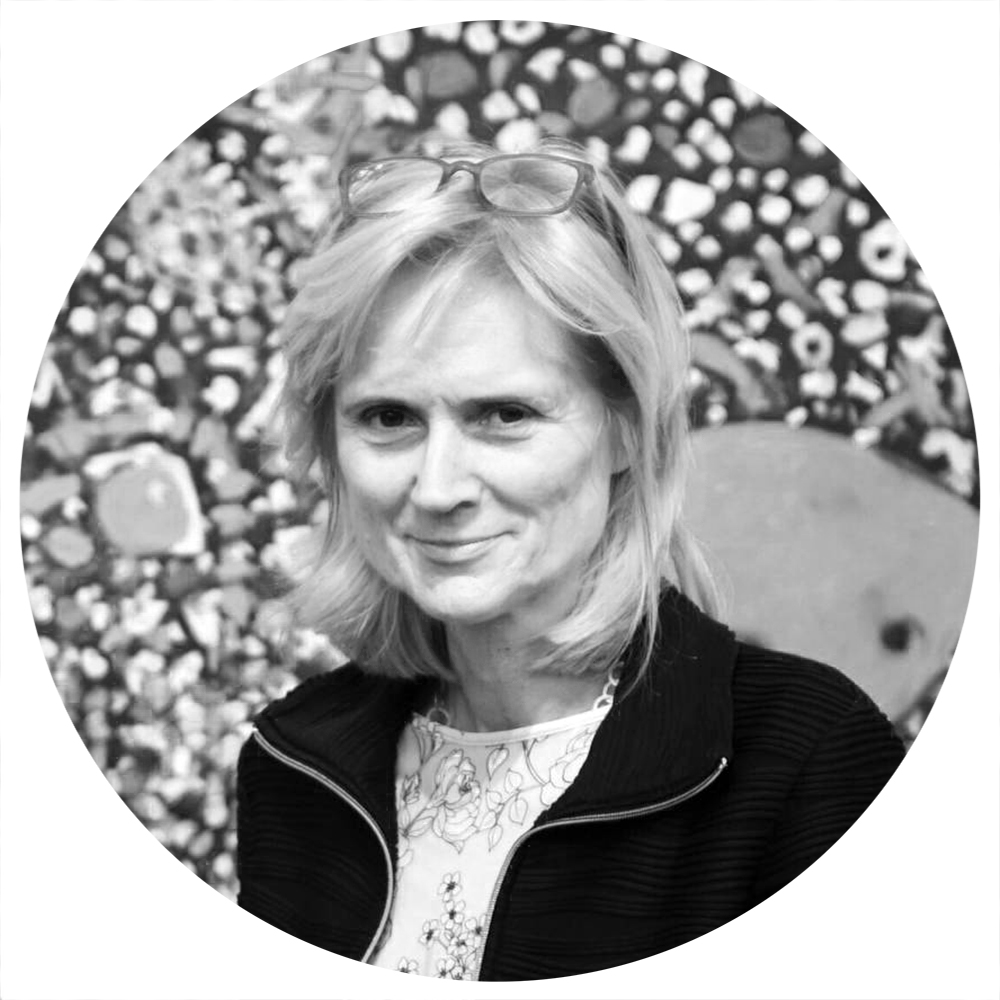Laudatio Exhibition: Insight | Burggalerie Stolberg
Dr. Annette Lagler | Director Ludwig Forum for International Art - Aachen | Germany
Two different series define Judith Sturm's recent work - the cycle of pink works and that of dissected nudes.
In the first series, pink determines the colour tone of the skin of young women as well as the background colour that fills the entire pictorial space. Pink determines the basic mood and atmosphere of the paintings.
In painting, "pink" is one of the most refined tones. Like no other it can express coldness and warmth, it oscillates between closeness and distance. A little more blue mixed in and pink becomes the sign of a super-cooled feminism, a little more yellow and the expression becomes warm and salmon-coloured. Judith Sturm deliberately uses this colour-physiological range in her paintings by applying the different colour nuances over and next to each other, rubbing them in and sometimes wiping them out again. Unconsciously for the viewer, these paintings convey contradictory information.
Judith Sturm also applies this principle of contradictory pictorial effects by giving the often very attractively dressed, girlish protagonists a blotchy skin by absorbing and rubbing off salts, which corresponds camouflage-like to the background of the picture
The surface of the painting, reminiscent of a process of decomposition, is surprising in view of the pictorial motif, which rather suggests the flawless skin of young women. If the irritated viewer therefore approaches the paintings to check the pictorial information, the subject of the painting eludes him, the figure depicted disappears into a filigree pattern, watercolour-like, abstract internal structures and the viewer becomes involved in a rather art-immanent discourse on figuration and abstraction....
In order to credibly create figures on such a refined, abstract painting ground, the artist lays black or patterned silhouettes over the painting, such as those of a tank top or a coursage. The constantly moving drapery gives the figures movement, breathes breath into them and suggests the "envelopment" of a sensual female body.
Judith Sturm chooses garments that oscillate between innocence and seduction. The dotted pattern that covers linen, wallpaper and bags in the style of the 1950s suggests innocent prudishness. Other garments or postures seem to be chosen for their eroticising effect: for example, the off-the-shoulder top with the arms spread wide open, the black bodice with garter straps and leg-length stockings, or the buoyantly flowing minni skirt with "almost" underneath. Through patterns, style of dress and gestures, the artist arouses erotic expectations and at the same time playfully breaks through them again and again. Even the allusive encounter of two women scantily clad in black underwear and lingerie ultimately reveals nothing at all, despite the daring perspectives.
A strikingly ambiguous eroticism is also avoided by the uniform design of skin and background, which, as mentioned above, dissolves the physically tangible into abstract structures. The dressing dot design thus appears as a perforated pattern that supposedly reveals naked skin.
A pink, restless, pulsating structure becomes visible in the circles, an unexpectedly vital inner life that makes one think of an essential substance of the flesh. The radical cut-outs that stylise the body into a torso also distract from the unbroken sensuality of the female body. Instead, they bring the garment into the foreground and make it the actual subject of the picture.
In her latest sand-coloured paintings, the nudes seem complete at first, with only the garments, such as a short, left out. On closer inspection, it becomes clear that the interplay of finished and unfinished parts divides or halves the body. Even in places for which no garment is intended, such as the waist, the body is separated, thus referring with a psychologising undertone to a woman's missing middle. Elsewhere, Judith Sturm inserts pieces of clothing for dress-up dolls, painted with paper flaps, next to the open spaces, reminding us of the childlike, playful practice of female role-play. Now the viewer seems to be called upon to dress the figures and, through the everyday fetishes of the feminine on offer, to determine the type and complete the figures.
Classical iconographic references complement the images - such as scattered painted physalis. The fruit in a leaf-like cover symbolises fertility and ripeness and at the same time the relationship between cover and body. Another accessory is the recurring red thread, sometimes knotted around the arm, sometimes stretched to the breaking point and at other times running through the picture as a graphic line. In view of the many pieces of clothing, it can be interpreted as a sewing thread in the sense of a female attribute; as a blood-red ribbon, it also symbolises physicality, female innocence and vital energy. The clearly depicted tension suggests the vulnerability of the person, but also of the ideal image of a flawless woman.
Judith Sturm has dedicated herself to one of the oldest themes in art history - the representation of the female body. Through the reflected play with shell and body and the multi-faceted elaborations of distance and approach, of stimulus and distance, she has succeeded in giving a new, contemporary impulse to a traditional theme.


Leave a reply
You must be logged in to post a comment.